
Cogita 
Cogita processes massive amounts of simulation/emulation data from textual log files and waveform databases to provide a clear, visual root cause analysis, enabling engineers to quickly solve their most complex problems.”
Cogita offers a logical methodology which opens the spectrum of possibilities to identify the spoiled from the whole.
Visual Structures
Cogita includes a sophisticated search mechanism that fetches and presents textual messages as colored bars along a timeline. Numerical patterns and sequences of events can be easily grasped, enabling a streamlined debugging process. It is this rapid visualization of compounded event sets and search results that enable users to efficiently spot the rotten from the whole, which is not clear from inspecting individual signals or text. Quickly create custom players from the logs to easily grasp the events as a whole.
Save players to see what happened during a test from a brief glance.
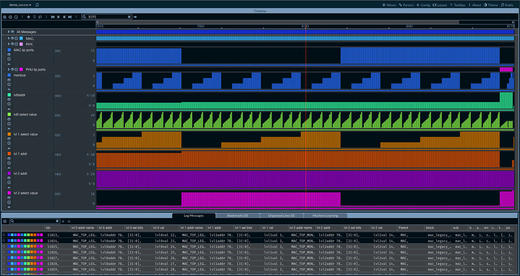
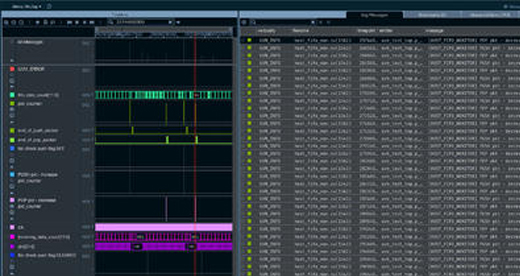
Log Message Panel
Cogita is equipped with a powerful Graphical User Interface (GUI) that helps the user navigate the log quickly and effectively using the different views required for an efficient debugging process. Included as part of this mechanism are powerful search and filtering options that extract specific data from irrelevant detail.
View the entire log data structured as an easy to understand table.
Navigate the log from the timeline, waves view, bookmarks or search queries with natural zoom and pan capabilities.
Waveform viewer
There is an adequation between the cogita visual players, which represent the charting of the log, and the layout of the digital events within the chip. We want to unify the data, the log's database and the wave's database, in order to form one database that will give us the opportunity to excel and work on both in the same way.
Supports vcd, vpd, trn, and fsdb formats.
Waves are presented alongside the Players, enabling an intuitive correlation between the two in one unified view.
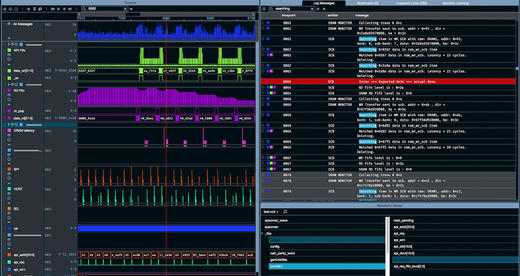
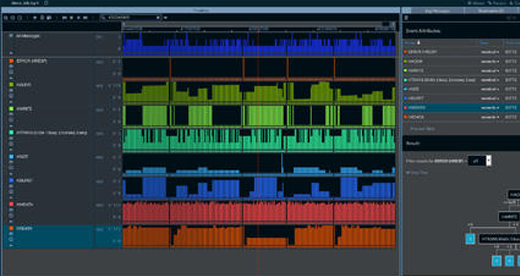
Machine Learning
Built-in Machine Learning (ML) algorithms prepare and process input data (i.e. log files and waveforms). Cogita then classifies and screens the information to make it simple to comprehend. The algorithm’s role in this process is to classify massive amounts of data and to direct the next inspection point while making assumptions and conclusions in the root-cause analysis process.
Auto-detection of anomalies in data structures, tests, packets or transactions.
Precise answers to the root cause of failures by analyzing data using advanced machine learning algorithms.
Unified database
Verification is meant to handle huge amounts of data. The verification engineer is asking questions in order to receive an answer. Cogita presents multiple data sources as one comprehensive high-level view. In doing so the user gains an abstract perspective of the entire scenario as a single view and is able to grasp only the relevant data for the posed question.
Visually compare passing and failing tests side by side, immediately detecting the source of failures.
Merge logs from multiple sources (ENV, UVc, Gate Level, Software) into one view to simplify the perception of scenarios.
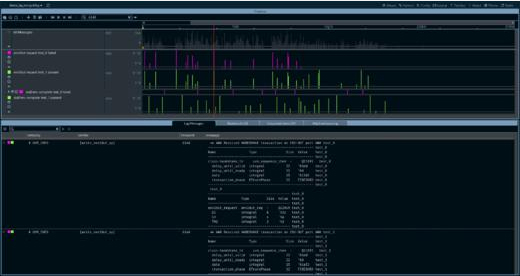
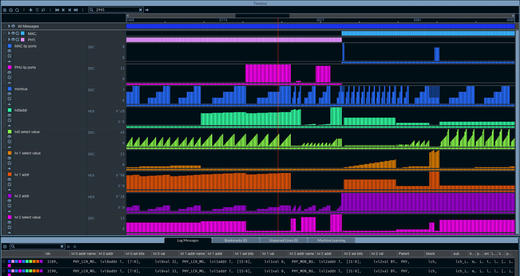
Team Collaboration
Cogita creates states of dialog, where the medium takes an active part. We seek modern technology that copes with the narratives of mankind’s need for a dialog, where the log exists as a dia-log and not as an addiction to the logic rhythm (a-log-arithm).
Cogita visual structures offers a much better understanding of teamwork scenarios, dramatically improving the communication between different departments, including designers, verification engineers, project managers, and clients.
Export/import configurations to easily share comprehensible scenarios with colleagues, designers, managers, and clients.
Configurable Parser
Configurable parsers read log and waveform files into an advanced database. These parsers enable the engineer to work from an abstract perspective, eliminating the difficult task of transitioning between various data sources and tools.
Cogita processes data from a broad range of inputs, including simulation UVM logs, VIP logs, emulator logs, software messages, CSV files and waveform databases.
Reads any log-file format: UVM/Specman simulation, LAB equipment, HW accelerators, etc. Aligns multiple data sources onto one synchronized timeline.
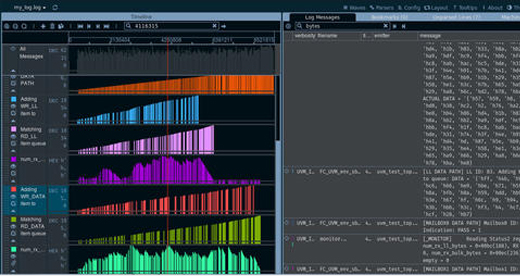
Copyright ©2020.All Rights Reserved.


